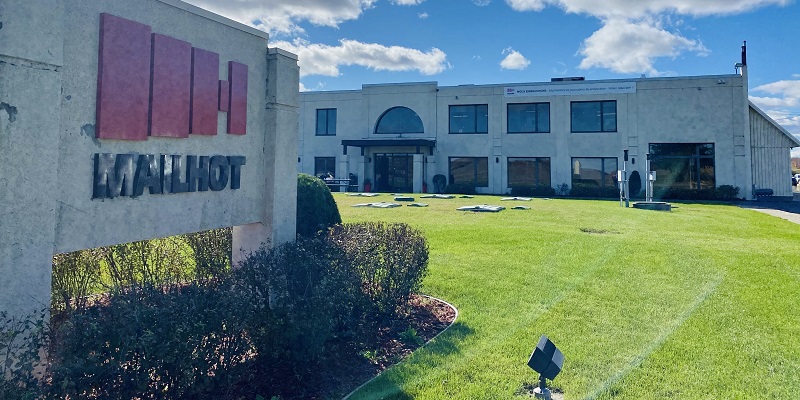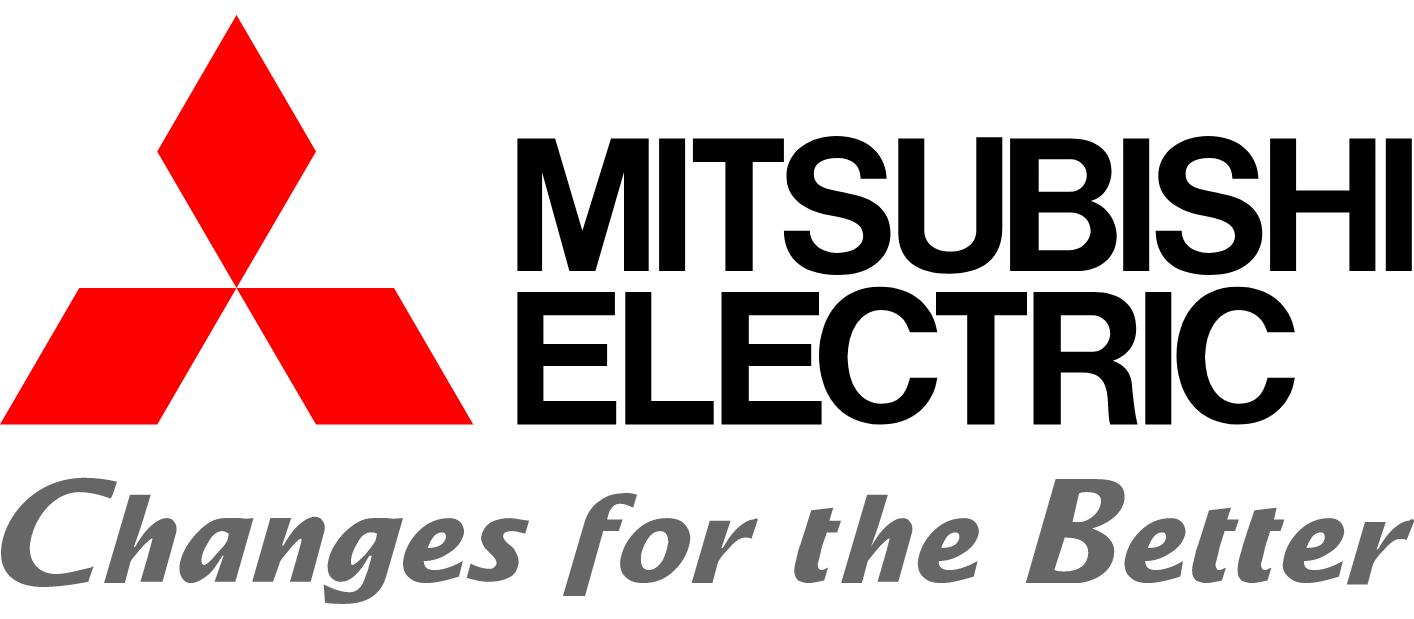Schedule a Call Back
Ecology & Requirements-oriented Cleaning in Aviation Industry : Processes in Accordance with Strict
 Technical Articles
Technical Articles- Aug 04,11
On the one hand, cleaning in the aviation industry necessitates compliance with strict specifications for the utilised technology. On the other hand, lightweight materials represent a genuine cleaning challenge. In both cases, the required levels of cleanliness must be achieved both economically and ecologically.

In order to reduce aircraft weight and thus CO2 emissions, the aviation industry relies on lightweight materials such as special aluminium alloys, composites and titanium. Amongst other parts, variously shaped sheet metal components with large surface areas and so-called honeycomb panels are produced from these materials. The honeycomb structure results in extremely high-strength components which demonstrate minimal weight as well. These components are used, for example, in aircraft tail assemblies and wings.
Specified Solvent: Trichloroethylene
After the panels have been manufactured, oily contamination which has accumulated during previous process steps has to be completely removed from all of the innumerable channels in the honeycomb structure. In doing so, a residual contamination level must be achieved which complies with the strict requirements stipulated by the aviation industry. In order to assure that this is the case, the halogenated hydrocarbon trichloroethylene (TRI) is currently still specified as a cleaning agent. The state-of-the-art technology for use of this solvent involves closed cleaning systems which fulfil applicable requirements for the reduced emission of VOCs (volatile organic compounds). These cleaning systems are also equipped with an integrated distillation unit which provides for continuous purification of the solvent, and thus for significantly reduced solvent consumption.

In order to be on the safe side with an approval from the aviation industry for an alternative solvent, a Swedish manufacturer of aircraft components invested in a cleaning system which can be operated with trichloroethylene, as well as with more ecological, non-halogenated hydrocarbons and modified alcohols. This makes it possible to simply switch from TRI to other solvents in the event of heightened environmental and work safety regulations or changing manufacturing specifications.
In order to be able to achieve ideal cleaning results with these solvents as well, the system is operated at a higher temperature level which is above the flashpoint of the flammable media. In order to reliably rule out the possibility of fire and explosion, the cleaning process is conducted in a partial vacuum with a low atmospheric pressure of roughly 100 mbar. The high temperature also assures quick, residue-free drying. The parts are cleaned by means of vapour degreasing with vacuum technology. In order to intensify the cleaning effect, the parts can be rinsed with liquid solvent before, during and after vapour degreasing. A moving nozzle array is attached to the top and side walls of the process chamber to this end, which is controlled by the system's PLC.
In order to assure emission-free operation when cleaning with TRI, process air is contained within a closed circuit and purified by means of an integrated, activated carbon air filtering system. The process chamber cannot be opened until solvent concentration, which is monitored with the help of an infrared measuring instrument, has fallen below the specified value after processing has been completed.

Pretreatment Before Adhesive Bonding
Where structural components are concerned, it's primarily aluminium and carbon fibre reinforced plastics (CFRP) which are joined by means of adhesive bonding. This necessitates suitable pretreatment of the surfaces of these materials. In the case of aluminium, processes are specified which have been in use for roughly 30 years. However, CFRPs present an entirely different situation.
Depending upon the utilised manufacturing processes, release agents or release films have to be removed. This is traditionally accomplished by means of grinding or blasting processes which are still executed manually in many cases. Not least due to increasing usage of CFRPs in new aircraft designs - for example the fuselage and the wings of the new A350 XWB are made of composites - alternative, automated solutions are being sought in this area. Corresponding R&D projects are currently under way involving, for example, laser and plasma processes.
In the case of contactless laser blasting, the cleaning effect is based on vaporisation of the contaminants by means of high-energy light radiation. The laser beam is absorbed by the contamination and transformed into heat. The following effects occur as a result: abrupt expansion of the layers to be removed vis-?-vis the substrate, embrittlement of the layers to be removed due to vaporisation of solvents and transient shock waves resulting from expanding material vapours which carry off removed materials depending upon material composition and layer build-up. High beam intensities are required in order to vaporise the contamination to be removed. At the same time, thermally influencing the surface of the CFRP can be avoided through the use of short interaction times. Furthermore, the active laser area or cleaning zone can be precisely geometrically delineated and beam intensity can be controlled with considerable sensitivity.

Two technologies are available in the field of plasma cleaning: In the case of low-pressure plasma, treatment takes place in closed chambers in a partial vacuum. This makes it possible to treat workpieces with complicated shapes as bulk goods or single parts. In addition to this, a great variety of process gases can be used because treatment takes place in an evacuated, closed space. Inline compatible plasma sources are operated at atmospheric pressure.
These sources include traditional barrier dischargers, as well as plasma nozzle systems. With these systems, discharge takes place in the plasma nozzle and is directed towards the surface to be treated by means of compressed air. The range of applications runs from the treatment of individual stripes such as bonding surfaces, right on up to the activation of entire substrates with large surface areas.
During plasma treatment, the CFRP surface is simultaneously cleaned and activated. This double function is based on a physical and chemical reaction within the process: Ions in the plasma are capable of absorbing large amounts of energy, and are thus able to remove contamination from surfaces like a blasting process in the nanometre range.
Reactive species such as oxygen radicals are capable of removing organic contamination by "cold burning", and entering into a chemical bond with the surface. This results in increased surface tension. Both processes are also being tested for bonding material combinations such as CFRP and titanium.
Cleaning - Fundamental to MRO Processes
Where maintenance and repair of aircraft components are concerned, gentle cleaning is one of the essential work steps required for subsequent MRO procedures such as crack detection and recoating. Due to the multiplicity of different components, for example aircraft outer skins, avionics, hydraulics, pneumatics, engines, landing gear and cockpit equipment, as well as various plastics and types of contamination, a great variety of cleaning processes and agents are in use.
The spectrum includes systems for cleaning with solvents and aqueous media, as well as high pressure water jet systems and brush-type parts washers. In some cases, the component maintenance manuals (CCM) issued by the aircraft manufacturers also contain guidelines indicating how cleaning is to be carried out.
Not infrequently, these necessitate the use of special processes and systems which are developed for cleaning specific components. With older aircraft it may also be the case that the specified process or cleaning agent is no longer in compliance with applicable law due to stricter environmental and/or work safety regulations. This also leads to a situation in which appropriate alternatives have to be developed and approved. Broad-based cleaning know-how can thus provide a competitive advantage. As opposed to production applications, the number of components to be cleaned is small in the field of MRO although, on the other hand, their diversity is great. Fast, economic cleaning processes are nevertheless an essential success factor here as well. Decentralised cleaning may contribute to reduced costs and shorter processing times.

Parts2clean - Leading International Trade Fair for Industrial Parts and Surface Cleaning
Which potential optimisations can be exploited in the aviation industry? With which processes can various components be cleaned both reliably and economically? Answers to these and many other questions covering all aspects of parts and surface cleaning are provided at parts2clean.
The leading international trade fair will take place at the Stuttgart Exhibition Centre (Germany) from 25th to 27th October 2011. The exhibition portfolio encompasses systems, processes and process media for degreasing, cleaning, deburring and pre-treatment of parts, parts baskets and workpiece carriers, handling and process automation, cleanroom technology, quality assurance, test methods and analysis procedures, media treatment and disposal, job-shop cleaning, corrosion protection, preservation, packaging, research and technical literature.
(For further information contact: Doris Schulz, Schulz. Presse. Text, Germany. Tel : 49(0)711 854085, Fax: 49 (0)711 815895, Email: ds@pressetextschulz.de)
Timken Launches New MileMate Bearings for Heavy Truck ndustry
The Timken Company has announced the launch of MileMate matched wheel bearing sets for the heavy truck industry. MileMate sets are a Timken matched inner and outer wheel end application bearings in a convenient single box.
"We understand what the heavy truck industry demands from their bearings and provide quality products that help to keep fleets operating more cost efficiently and cost effectively" said Mr Ranjan Sen, General Manager - Mobile Industries, Timken India.
"We recognise the need of commercial vehicle customers to conserve fuel, carry greater loads, standardize components and maximise uptime and the Timken Mile Mate sets are perfectly matched sets for correct installation which optimises bearing performance.
Timken MileMate sets - the original matched wheel bearing sets - are designed to keep trucks up and moving. These sets are designed to meet or exceed the original equipment manufacturer's specifications.
The energy-efficient and cost-effective bearings are designed by Timken engineers working collaboratively with automotive and heavy truck original equipment manufacturers to
??Lengthen maintenance intervals
??Optimise bearing performance
??Allow bearings to carry evenly distributed loads
??Longer life and reliability
(Contact: Ms Regina Vasudevan, Head Corporate Communication, Timken India Limited, Bangalore. Mobile: 099803-77566. Email: communications-india@timken.com)
Related Products
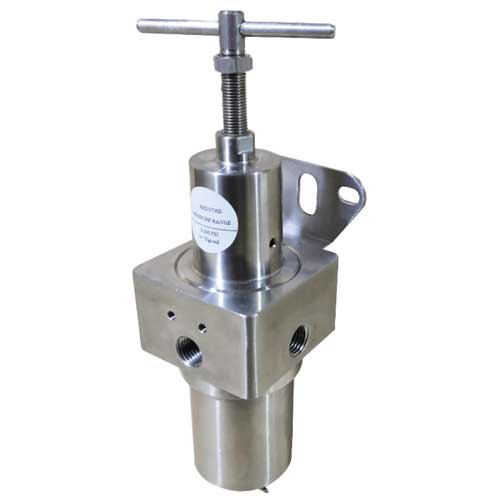
Precision Series Filter Regulator
Siemag Industries offers a wide range of precision series filter regulator
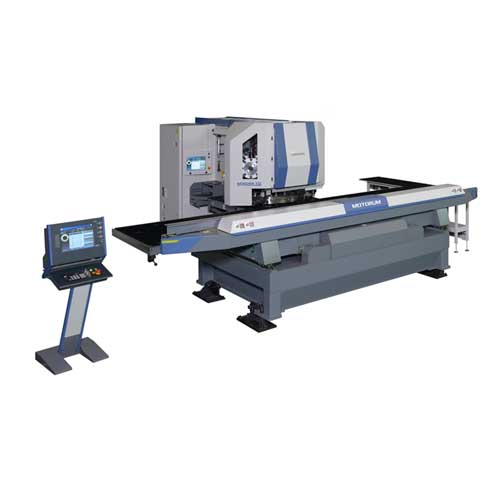
Ac Servo Motorum 3048tg With 8-station Tapping
Meiban Engineering Technologies Pvt Ltd offers a wide range of AC servo motorum 3048TG with 8-station tapping.
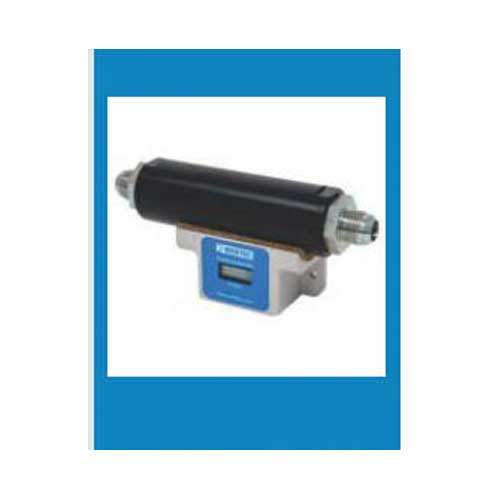
Flow Hour Counters
HTM Hydraulics Pvt Ltd offers a wide range of flow hour counters.




